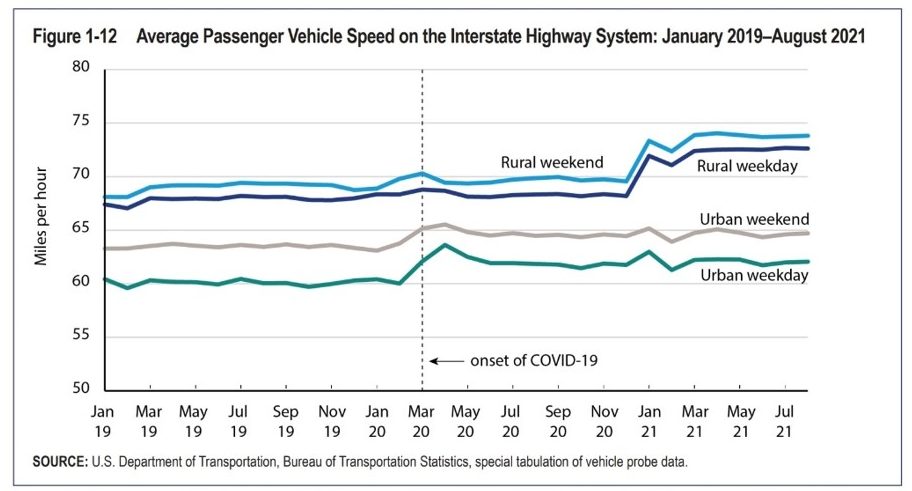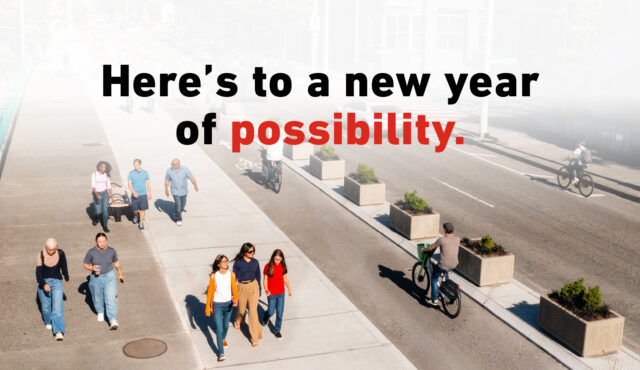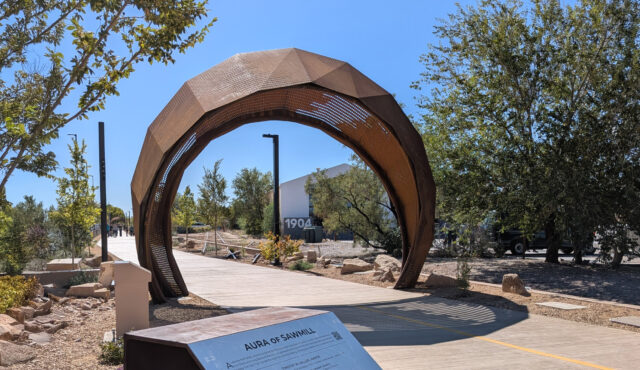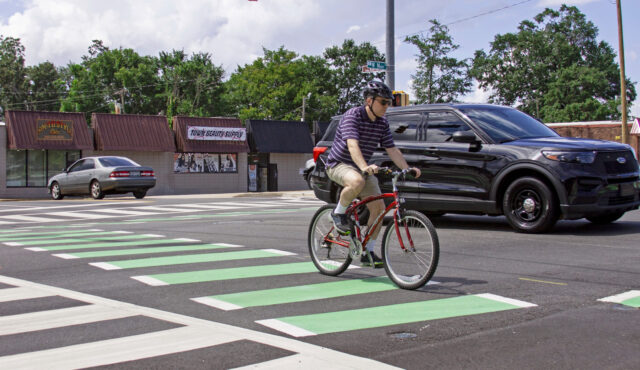A successful internship program gives young professionals hands-on experience, and it gives companies a glimpse at the future of their profession. If Toole Design’s 2022 interns are an indication of what’s to come in the field of transportation, then the future looks very bright indeed.
After a two-year hiatus while we navigated the Covid-19 pandemic and learned new ways of working, we were thrilled to relaunch our summer internship program this year. We welcomed a talented and diverse cohort of young professionals in 5 of our 19 offices across North America. They worked alongside Toole Design planners, landscape architects, and engineers to conduct research, perform analysis, make field visits, and draft designs — while simultaneously collaborating on two group research projects. While the internship period has officially ended, we are pleased that nearly half of our interns are continuing on as Toole Design staff members.
meet our 2022 interns
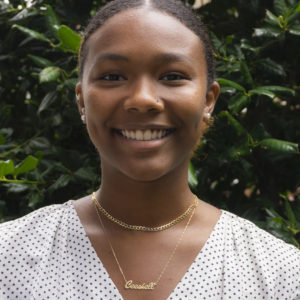
Cierra’s favorite project at Toole Design was analyzing bus routes for the Baltimore Baybrook Shared Use Path. “Not only did it provide great experience for the future,” said Cierra, “but it also showed me that Toole Design cares about their interns and values their capabilities.” She has sharpened her technical skills by utilizing MicroStation for drafting three-dimensional design plans.
Fun fact: Cierra is trying to become better at roller skating.
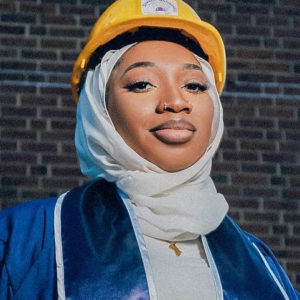
Khadijah, originally from The Gambia, enjoyed having meaningful conversations and getting advice from senior staff at Toole Design. “I am more detail oriented than I was before I came here,” she said. She exercised this skill during her work on a renovation project for eight bridges in Montgomery County, and she used MicroStation for the entire project.
Fun fact: Khadijah has a one-year-old son who is “the cutest being on this earth!”
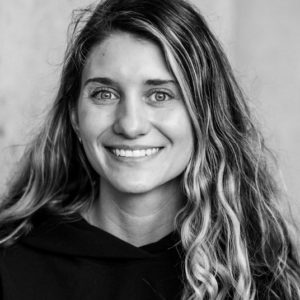
Lily’s favorite experience at Toole Design was working on the Bainbridge Island project. She measured and surveyed trees and bonded with coworkers during a 6-hour trek to the location. Overall, Lily said she has “learned a lot of valuable graphic skills and drawing styles that will help as I continue my education.”
Fun fact: Lily is studying abroad for three months in Perugia, Italy to design sensory gardens for the autistic community.
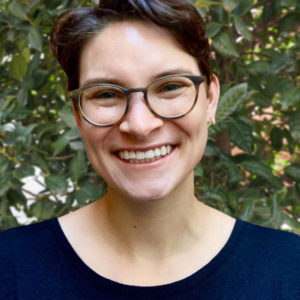
As an intern with the Raleigh office, Jen got to do safety analysis for the Wake BRT Southern Corridor. One takeaway from her time at Toole Design was learning the value of creating drafts for teammates or clients to react to. “Coming from a public sector and student background, this approach was new to me but led to really great discussions and higher quality final deliverables,” said Jen.
Fun fact: In her free time, Jen enjoys drawing portraits of her cat and finding great bakeries within biking distance of her apartment.

Joel is from Portland and lives in Atlanta, where he attends classes at Georgia Tech. The peak of his experience at Toole Design was working on a downtown area plan for a small town in Georgia. He was involved from the beginning of the project to improve bike and pedestrian connectivity, support the success of their town center, and advance transportation equity. “Overall, I feel like my work is supporting the well-being of the people who live there, and that’s exactly why I’m pursuing this career,” said Joel.
Fun fact: Joel and his family built a whole house together from the ground up.
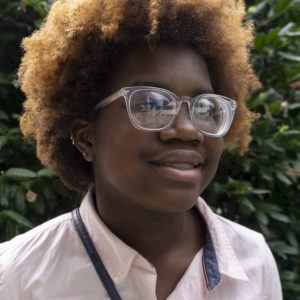
Bibie was a high school intern at our Silver Spring office. She rotated through our various departments, spending time with the Marketing, Engineering, and Accounting teams, and she most enjoyed learning about the technical side of marketing with the assembly of proposals, Photoshop, and InDesign. “What has stuck with me during this internship are the conversations I’ve had with the staff. Whether it be personal or professional, I have gained so much insight from the experiences and challenges they have shared with me,” said Bibie.
Fun fact: Bibie enjoys teaching herself party tricks like juggling, solving a Rubik’s Cube, and playing guitar.
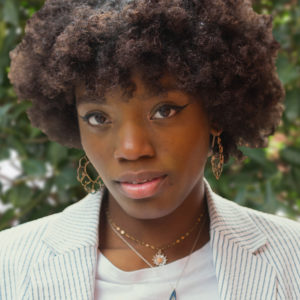
One of Serena’s favorite experiences during her internship was completing the TDM ambassador program. “I felt safe enough to bike in the street confidently and even taught a friend how to do the same!” said Serena. Another high point was being asked to stay on part-time during her fall semester. She’s excited to keep expanding her knowledge in active transportation.
Fun fact: Serena loves roller skating.
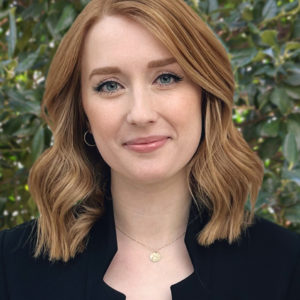
During Alexandra’s internship she worked in Fairfax City neighborhoods and wrote wayfinding best practices for bike boulevards. She enjoyed getting involved in real-world projects right away and learning about community engagement from a consulting standpoint. “I have learned so much about the many considerations and best practices that go into planning for bicyclists, pedestrians, and micromobility,” said Alexandra.
Fun fact: Alexandra enjoys learning about canine agility with her dog.

During their internship, J researched an array of different areas, including traffic calming options; performance standards for local neighborhood shared streets; and state-, county-, and municipal-level transportation plans, policies, and laws in one of Maryland’s largest counties. They also helped create the print edition of a quarterly newsletter for a Safe Routes to School program.
Fun fact: J used to lead two regular bike rides in Pittsburgh — a family-friendly ride for all levels, and a tourist-pace ride to experience the city’s challenging climbs and beautiful views.
LEARN FROM our interns’ AMAZING RESEARCH
Over the course of the summer, our interns collaborated on two research projects — the evolution of e-bikes and post-Covid travel trends. These timely topics were chosen by Toole Design leadership, and the interns self-selected into their preferred project team. The result? A collection of spot-on presentations and fact sheets that our staff can apply to projects and client conversations right now.
THE E-BIKE EVOLUTION: EXAMINING THE SHIFT FROM VEHICULAR TO BICYCULAR
Project team: Alexandra Purvis-Smith, J Swiderski, Khadijah Ceesay, Jen Farris, Serena Powell, Lily Daniels

This team of interns looked at how e-bikes are changing how people get around our cities — and how our cities should change to match. They found that the shift toward e-bikes has numerous social, environmental, and economic benefits, including less money spent on gas and, more broadly, lower public health expenditures. Check out some of their key findings:
- E-bikes outsold electric cars and hybrids combined in the United States last year
- Consumer options for performance e‑bikes under $1,000 increased
- Bikeshare programs save the United States $36 million in public health costs annually
- Many e-bike trips are replacing car trips, and people are riding further and more often than with conventional bicycles.
As they studied this shift of e-bikes into the mainstream, the team considered some of the infrastructure implications. E-bikes are larger and heavier, so we need to rethink bike lane widths, bicycle parking facilities, and even turning space for longer cargo bikes. They also noted that e-bikes can increase access and mobility, resulting in a more inclusive definition of who is a “cyclist.” The assistive technology could make biking more accessible to older adults; parents of small children; zero-car households; people with disabilities; and people living in hilly, hot, or transit-poor areas. Alongside this hope for greater equity in bicycling, of course, we must consider the high price tag of most e-bikes. For now, subsidies, rebates, and incentive programs can help, but more awareness of those opportunities is needed.
In the end, the project team is excited and enthusiastic about the future of e-bikes: “With improved infrastructure and access, the e-bike movement could mobilize populations in a brighter, greener way. … It is super exciting to be part of the bicycular shift!”
WHERE IS TRAVEL GOING? TRANSPORTATION TRENDS AND PRIORITIES FOR THE POST-COVID ERA
Project team: Cierra Belton, Joel Hudson
Another team of interns researched travel trends in the post-Covid era. They found that, at the height of the pandemic, the amount of people driving decreased, and speeding and other unsafe driving behaviors increased. While many aspects of lockdown life have subsided, these early pandemic driving habits appear to have shifted nationwide driving habits overall. In light of the data, the team recommends traffic calming measures to discourage dangerous behaviors through innovative street design.
They also noted that more people took to walking and biking during the pandemic. While this is encouraging for those of us who hope to see further mode shift in the coming years and decades, it also reminds us that the commitment to pedestrian and bicyclist safety needs to be ongoing. More people walking and biking led to an increase in their involvement in crashes. Importantly, these stats vary by region and income level. People in higher-income areas took up walking more than people in lower-income areas. This is correlated to the fact that lower-income areas tend to have less access to facilities like parks.
Transit ridership continues to hover at around 50–60% of pre-pandemic levels. Rail modes were impacted more than bus modes, likely due to the fact that rail serves more office commuters, who are now more likely to work from home, while bus serves more essential workers. Successful strategies for gaining riders have included eliminating fares, embracing a mutual relationship with micromobility modes, and fully utilizing technology for both rider convenience and internal logistics support.
It has been a pleasure to get to know these talented young professionals over the past summer. We have seen the future of transportation planning and design, and one thing is clear: the movement will be in good hands.
